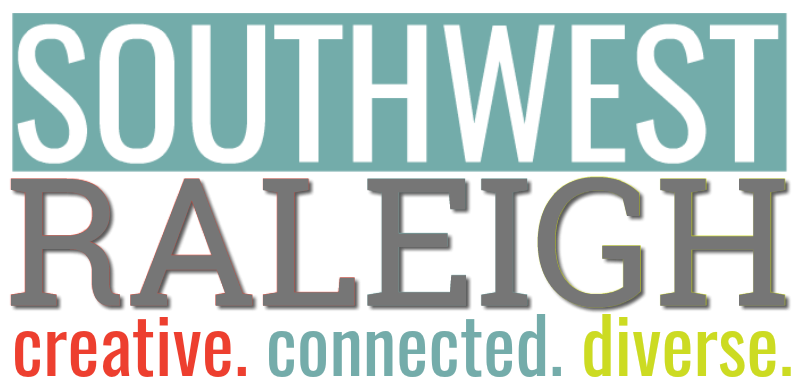Last Spring, I got a chance to present on community outreach to a motivated group of future community leaders at a session of the Citizens Leadership Academy (CLA), a free series of classes offered by the City of Raleigh Community Services Department. I presented with Arlene Sanders from the Historic Oakwood neighborhood and provided insight from the past 8 years that I’ve been involved with my community.
The Community Outreach session of the CLA is part of a the Effective Communication module, which “explores the techniques for effectively communicating with individuals and groups.” The classes include: Communication is the Key, Group Facilitation, Interpersonal Communication, and Outreach. The facilitator, Kevin Smith, MPA, started the session off with some of the basics around community outreach. He talked about how to get the word out by offering relevant information, building a network, offering accurate and timely information, being accessible, being prepared for changes, and being visible with some level of marketing and advertisement.
It’s also important to know your community, such as the purpose of your outreach, how the community prefers to consume their information, how they want to participate, and overall, communicating effectively. There were lots of questions about the importance of networking and creating a communication strategy. Smith concluded with tips for effective communication and an overview of the different tools for communication. Some tools include phone trees, list serves, e-mail, door-to-door canvassing, brochures, flyers, word of mouth, posters, websites, and many others.
After a short break, it was time for Arlene Sanders and myself to talk about our neighborhood experiences and take questions. Sanders talked about how she’s lived in Oakwood since the 1970’s and how she has seen things change. One of the most important things she thinks that Oakwood did to become successful was to become a non-profit (early on) and foster historic preservation in their neighborhood. They have a variety of activities that their neighborhood sponsors throughout the year including holiday tours, a monthly newsletter, a business directory, home tours, calendar sales, and much more.
One of the main points that Sanders was driving home was the power of participation and volunteering. In my role at Red Hat, I often hear our CEO, Jim Whitehurst, talk about the power of participation in the context of community development. I think this also applies to neighborhood communities in addition to software communities. Sanders said that all these things, from the delivery of the newsletter to the tour of holiday homes are driven by volunteers. There is a strong sense of community and an even stronger sense of accountability to the community.
I got a chance to talk about my experience in helping build the Pleasant Ridge & Ramsgate Community Watch program as well and the Lineberry Alliance. I started off with a story about how I got involved in my community, advocating for getting Lineberry Drive paved. I then talked about building a distribution system and provided tips and best practices.
When building a distribution system, I said that it’s important to choose the right platform. We reviewed some of the options earlier, but I specifically talked about using a combination of email list, newsletters, blog posts, facebook groups, and other free options like Google and Yahoo! groups, depending on the need. One key message here was to use what works for your community. One way to know what is best for your community is to ask. One free tool available is surveymonkey.com, which free accounts can create 10-question surveys. Find out what works and use it.
Some of the best practices and tips that I offered were:
- Be patient – it takes time to build a distribution system, you won’t have a 400 person email list on day one; person by person, you will build up a good network
- Provide value – when you send out information, make sure it’s valuable (and accurate) to your audience
- Involve others – you can’t do things alone, use Asset Based Community Development (ABCD) to help find others in your neighborhood and what they have expertise in
- Do what you say – be clear and transparent about what your distribution list is for and don’t send things that are off-topic
- Cross pollinate – don’t let the borders of your neighborhood create a physical boundary; have neighborhood leaders join other neighborhood list-serves to keep a pulse on what’s going and and share relevant information between communities
I concluded my talk and stressed to do what’s right for your community. The formula that worked for the Pleasant Ridge & Ramsgate Community Watch program and the Lineberry Alliance may not work for others. Learn what your community wants and communicate effectively. Every community is unique.
